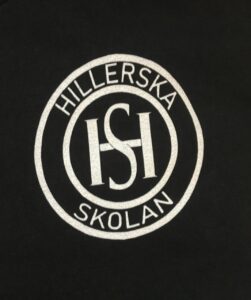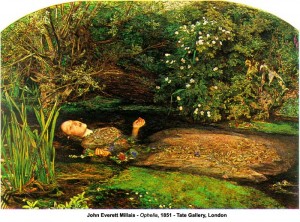Montgomery Clift is one of the silver screen’s greatest actors. I have written before about his intensely-naturalistic speaking style, with its pauses and false starts and mid-sentence hesitations and apparently improvised modifications on-the-fly. To speak as he did, in so many films, showed that this speaking style was probably not an artefact of all the screenwriters involved, especially when so few other actors in these or other films of the time spoke like that, but instead evidence of his own great intelligence and superb ear for speech.
Amy Lawrence has now written a fascinating book on his screen acting across his career, analyzing in detail what he did and how, and how he achieved his effects. By studying his own, hand-annotated personal copies of film scripts, for example, she is able to identify his particular contributions to the scripts and the dialogue of the films he acted in, and is able to demonstrate the artistry and diligence behind his naturalistic speech. And to show it, in many cases, as his personal artistry, as he worked to revise and rewrite dialog that was often originally stilted or unnatural.
By careful exegesis, Lawrence is also able to debunk some myths. Clift’s shambling, addled performance as a courtroom witness in the late Judgment at Nuremberg (1961), for example, is usually presented as evidence of the drug and alcohol addictions he is supposed to have succumbed to following his near-fatal car accident in May 1956. This accident destroyed his face and left him in pain, and led him to taking pain-killers and to drinking. But, as Lawrence demonstrates, his court-room appearance in the 1961 film shows many of the same personal characteristics and mannerisms of his court-room appearance in A Place in the Sun, filmed in 1951 – “tightening his fists, flexing his fingers, pushing against the armrests with his elbows” [Lawrence, p. 212]. Clearly, the origin of Clift’s witness-box performance is not drugs, but acting chops. Speaking of the character played by Clift in Nuremberg, she says:
Peterson’s gestures are emphatic, not neurotic, but combined with his broken syntax and repetition of sentence fragments, Clift clearly suggests in his performance that the character is not in control of himself. But the actor is. When we see the recurrence of these gestures across time and roles, before and after the accident, it seems reasonable to call them choices characteristic of the performer. Clift is not a mess; he plays one.” [Lawrence, p. 213]
Lawrence also notices how Clift, throughout his career, often acts with his back to the camera, either fully or partially. These episodes usually signal that he is engaged in some intense, interior, psychological reaction to some event or person, as if he could better tell us what he is thinking by not showing us his face. That he would even try to do something so counter-intuitive, let alone that he usually succeeds, demonstrates the great actor Clift was.
I had only one, very small quibble with Lawrence’s book. She describes (on page 63) the scene in The Big Lift (1950) when Clift’s character, about to receive an award for helping in the Berlin airlift, turns and sees for the first time that the official award-giver is a beautiful woman. Lawrence does not describe Clift’s eyes as he suddenly sees this woman: his pupils dilate widely as an expression of his character’s plain delight. We know of course, that the actor Clift must have practiced and rehearsed this dilation until he could undertake it at will. But knowing this fact increases our admiration for his acting skills, since it shows the dedication and diligence he brought to the task.
Clift’s acting art was artless, and like all artlessness, took immense preparation, intelligence, practice, and persistence to achieve.
Reference:
Amy Lawrence [2010]: The Passion of Montgomery Clift. Berkeley, CA, USA: University of California Press.

